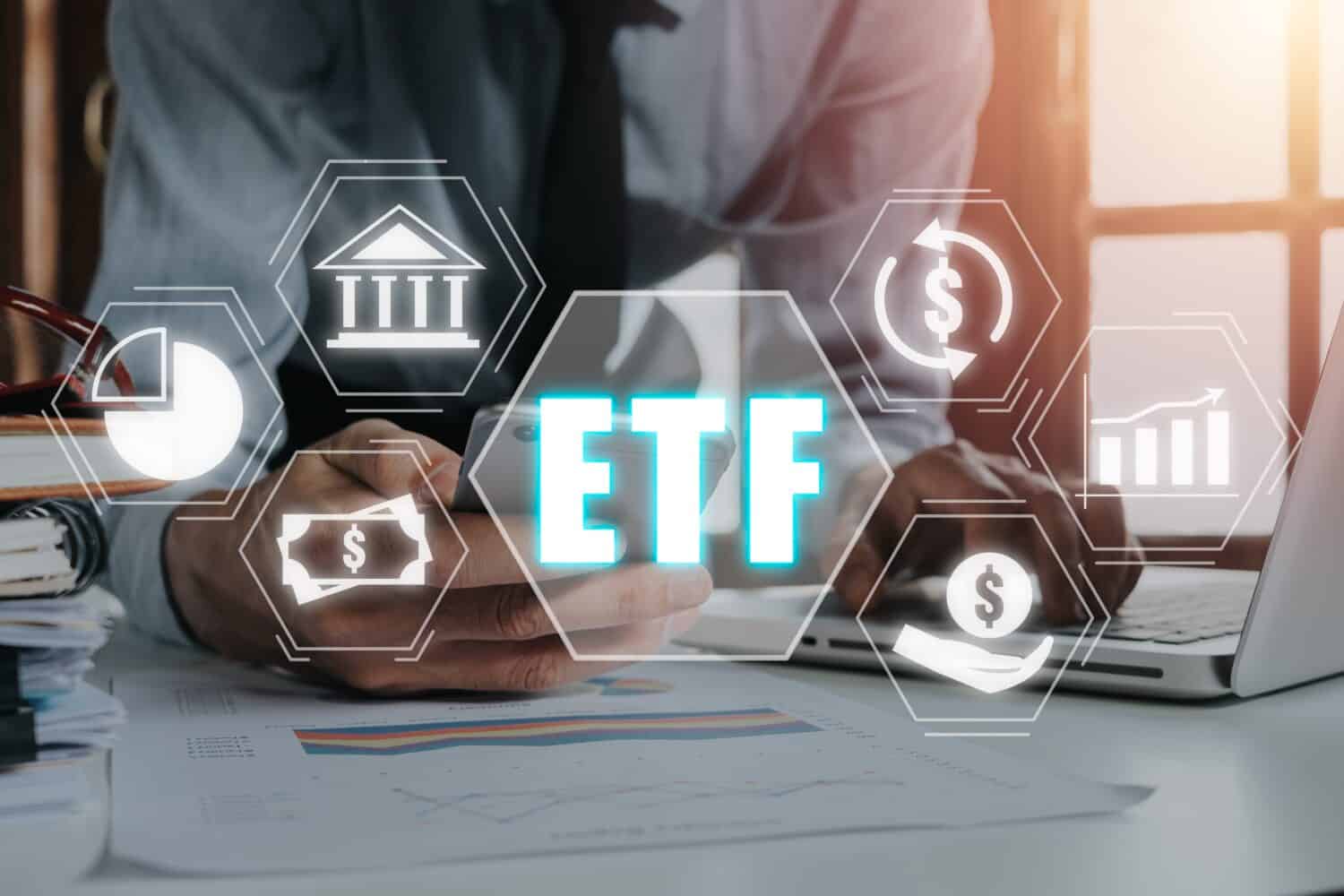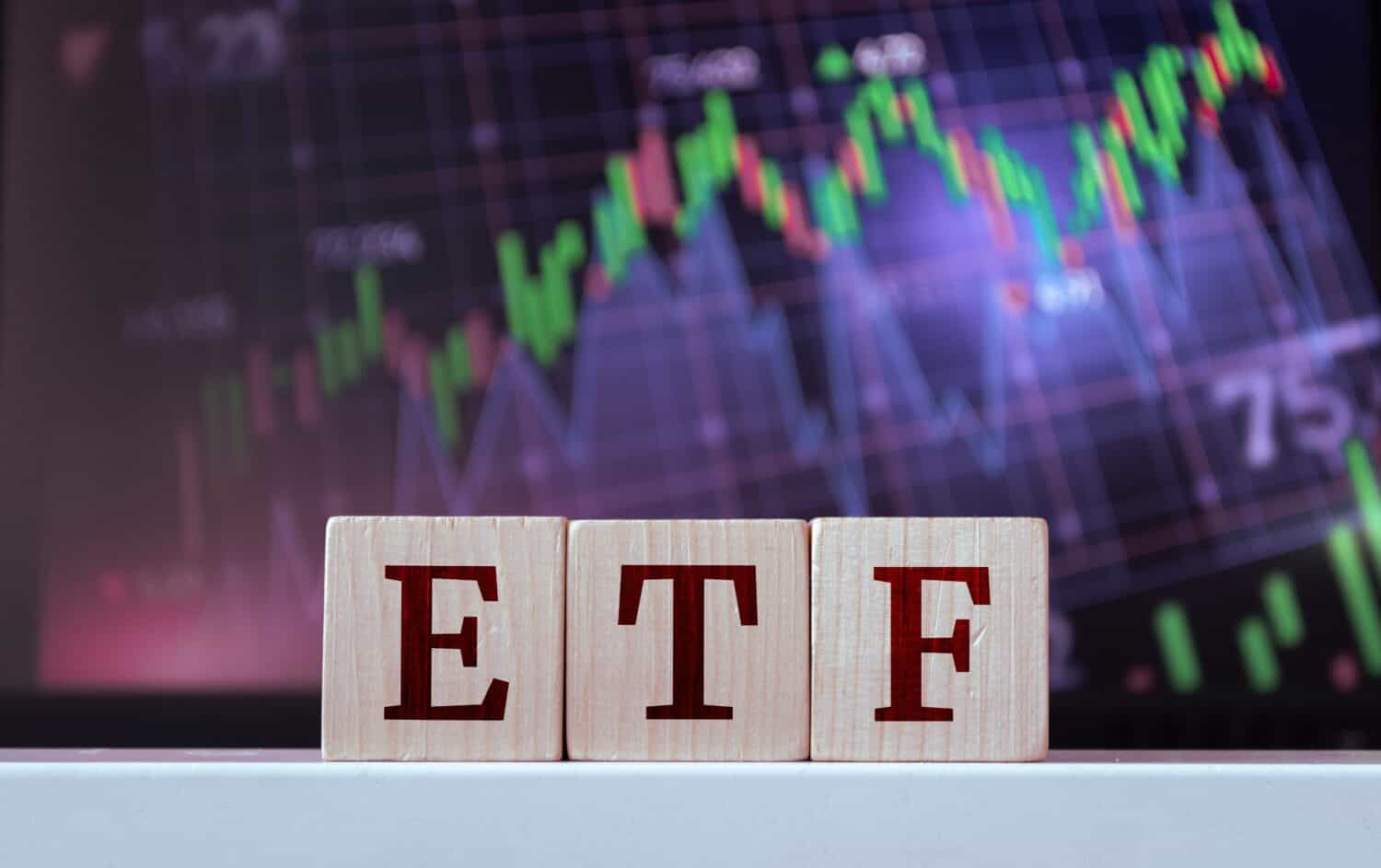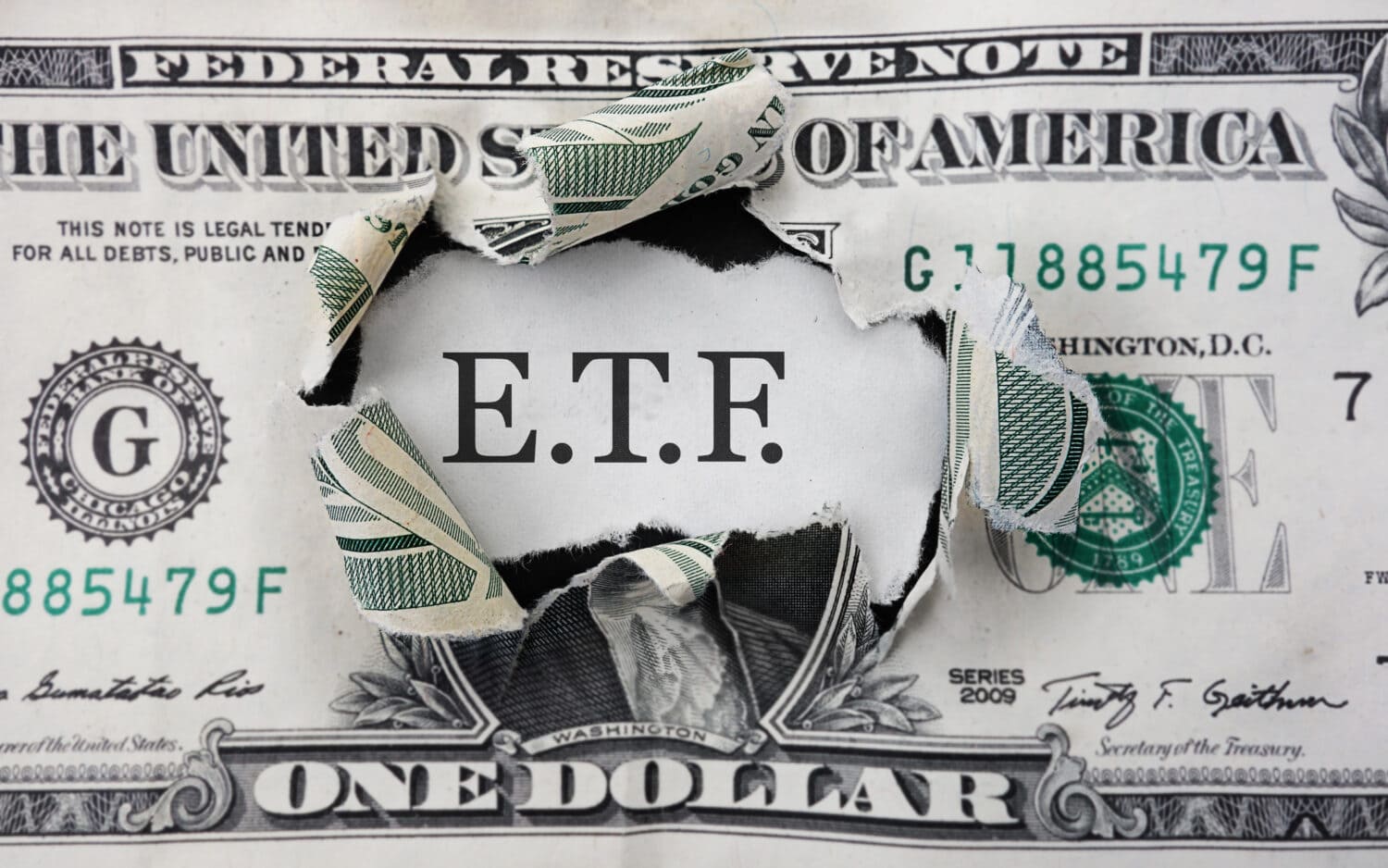

The S&P 500 index is widely used as a barometer of the U.S. stock market. It tracks the performance of the 500 largest publicly traded companies. If most of these companies are doing poorly in the stock market, it’s assumed that the U.S. economy isn’t doing so great, either.
Many investors seek exposure to the S&P 500 by investing in ETFs. Two popular choices, SPY and SPX, track the S&P 500, but they’re very distinct investment options.
While SPY offers superior accessibility and lower fees for most investors, SPX options provide tax advantages and extended trading hours for active options traders. Which ETF you choose is really about the type of trader you are.
We’ll examine both of these ETFs below, emphasizing how to choose the best one for you.
What is SPY?

SPDR S&P 500 ETF Trust (NYSE: SPY) is one of the world’s largest and most popular ETFs. An ETF is a collection of stocks. When you purchase an ETF, you’re purchasing a very small piece of whatever stocks are in that ETF.
In SPY’s case, the collection of stocks is those in the S&P 500 index. SPY’s main objective is to provide a cost-effective way for investors to invest in the S&P 500. You can invest in SPY with a single click and suddenly get exposure to the 500 biggest publicly traded companies in the U.S.
It offers instant diversification by spreading your investment risk across many sectors of the economy. Because it’s very actively traded, SPY is very liquid. You can easily buy and sell throughout the day.
It also has a very low expense ratio compared to other ETFs.
What is SPX?

Unlike SPY, SPX itself isn’t an investment you can directly buy and hold. SPX stands for the S&P 500 Index, the benchmark SPY tracks. It’s a stock market index, a statistical measure reflecting the performance of the 500 largest publicly traded companies in the U.S.
SPX automatically calculates an index value by taking a weighted average of the stock prices of the top 500 companies. Companies with the largest total stock value have a greater influence on the index value.
You cannot invest directly in SPX. There are no stocks for you to purchase. However, you can gain exposure to its performance through SPX options contracts.
Options give you the right (but not the obligation) to buy or sell the underlying asset at a specific price by a certain date. They’re a bit like IOUs. Active traders use options strategies to profit from market movements.
For instance, let’s say a stock is worth $20, and you purchase the right to buy 100 shares at that price that expires in two weeks. Then, that stock price moves up to $30. You could “cash in” your options to purchase 100 shares at $20 despite the upwards price movement. Alternatively, you could sell that right to someone else.
SPX can only be accessed indirectly through these options contracts. You cannot purchase it directly. Therefore, it works well only for options traders, not the average investor.
SPX vs. SPY: What Fund is Right for You?

Fees
SPY has a relatively low expense ratio. This annual fee covers the costs associated with managing the ETF. SPY’s expense ratio is 0.09%, which is lower than most ETFs. For this reason, it helps keep investment costs minimal for long-term investors.
SPX doesn’t have a direct expense ratio. However, when you trade SPX options contracts, commissions, and fees from your brokerage can come into play. These fees can vary depending on the broker and your options strategy.
Generally, options trading involves more frequent transactions than buying and holding an ETF, potentially leading to higher overall costs.
Risk
Investing in SPY is considered a low-risk strategy. By holding SPY for the long term, you’re essentially betting on the growth of the U.S. stock market. While the market can fluctuate, historically, it has tended to trend upwards. If you hold for long enough, you’re almost guaranteed to make a profit.
Options trading inherently carries greater risk than simply buying and holding SPY. You can potentially lose all your investment when option trading on SPX, while SPY is very unlikely to go to zero.
Options strategies are also complicated, making it harder to get good at. You need to have an effective understanding a good understanding of market dynamics and options mechanics.
Historical Performance
SPY and SPX track basically the same underlying index, so they are exceptionally similar in performance. SPY aims to replicate the index’s performance by design, while the value of SPX options is directly derived from the underlying S&P 500 index.
However, there are some performance differences you should be mindful of.
SPY’s expense ratio, though low, can slightly deviate from the S&P 500’s exact performance over time. This is because the expense ratio eats into the ETF’s overall returns.
When new companies move out or within the S&P 500 index, SPY undergoes rebalancing. This can cause minor tracking differences in the short term, but they smooth out in the long term.
Tax Implications
While both SPY and SPX offer exposure to the S&P 500, their tax implications can differ significantly, especially for short-term gains.
Capital gains taxes on profits from selling SPY shares are determined by how long you held the ETF before selling. Profits that are held for less than a year are taxed as short-term capital gains taxes. Typically, this means they’re taxed as any other income.
Profits on shares you held for over a year are typically taxed as long-term capital gains. Usually, this tax rate is lower. Therefore, if you hold SPY for longer, you will pay less tax on it.
Tax on SPX options is very different. For qualified options trades, the 60/40 tax rule may apply. This means that even if the options are held for less than a year, only 40% of the trade would count as short-term capital gains. The other 60% would be counted as long-term capital gains.
However, taxes on options can be much more complicated than just holding ETF stock. Therefore, it’s important to talk to a tax consultant about exactly what regularly trading SPX options would do to your taxes.
Of course, if you are investing in the short-term, the 60/40 rule makes options trading potentially very valuable. Options trading often incurs higher transaction fees compared to simply holding stock, which can make these tax benefits somewhat less helpful, though.
Choosing Between SPY and SPX

Once you know the differences between these two investment vehicles, it should be easy to choose between them.
SPY offers a low-cost, low-risk way to get broad market exposure if you’re a long-term trader. If you’re an active trader, SPX options may be more suitable if you’re comfortable with a higher-risk profile.
Your risk tolerance and trading timeline will have the biggest effect on which option you choose. Options trading is also much more complicated than just clicking the buy button on SPY, so you’ll likely have to dedicate more time to learning how to do it. Depending on your current knowledge, this can be a considerable time investment.
For those new to investing, we highly recommend SPY. It’s a safer investment than most. Consider diversification into other ETFs, too, such as Vanguard S&P 500 ETF (NYSE: VOO), which is similar to SPY.
Take This Retirement Quiz To Get Matched With An Advisor Now (Sponsored)
Are you ready for retirement? Planning for retirement can be overwhelming, that’s why it could be a good idea to speak to a fiduciary financial advisor about your goals today.
Start by taking this retirement quiz right here from SmartAsset that will match you with up to 3 financial advisors that serve your area and beyond in 5 minutes. Smart Asset is now matching over 50,000 people a month.
Click here now to get started.
Thank you for reading! Have some feedback for us?
Contact the 24/7 Wall St. editorial team.



